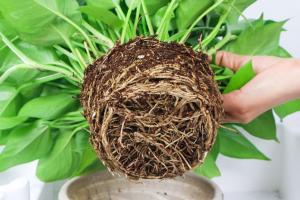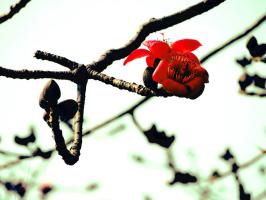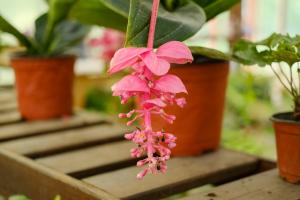Why are my newly planted cedar trees turning brown?
If you have recently planted cedar trees and noticed that they are turning brown, it can be a cause for concern. Cedar trees are known for their beautiful green foliage and are highly prized for their aesthetic and environmental values. However, they can be sensitive to planting conditions and other environmental stressors. In this article, we will explore some of the common reasons why newly planted cedar trees may be turning brown, and what you can do to prevent further damage.
Planting Conditions
One of the most common reasons why newly planted cedar trees turn brown is because of the planting conditions. Cedar trees prefer well-drained soil and moderate moisture levels. If the soil is too sandy or clay-like, it can lead to poor drainage and excessive moisture, which can cause the roots to rot.
Another factor to consider is the depth of the planting hole. Cedar trees have shallow root systems, so planting them too deep can cause the roots to suffocate and die. It is essential to plant cedar trees at the right depth, with the root flare level with the ground surface.
Air and Water Stress
Newly planted cedar trees are also susceptible to air and water stress. Air stress occurs when the roots do not have enough oxygen to breathe, while water stress occurs when there is a lack of moisture in the soil. Both of these conditions can cause the foliage to turn brown and eventually die.
To avoid air stress, it is important to ensure that the soil is well-drained and that there is plenty of air circulation around the roots. You can also add organic matter to the soil, which can improve aeration and water retention.
To prevent water stress, make sure that the soil around the cedar trees is always moist (but not waterlogged). You can water the trees deeply once a week or more frequently during hot, dry weather.
Pest and Disease Issues
Cedar trees are also vulnerable to pests and diseases, which can cause foliage to turn brown. One of the most common pests that affect cedar trees is the cedar bagworm, which feeds on the foliage and can defoliate the tree if left untreated.
Diseases like cedar rust and cedar apple rust can also damage the foliage of cedar trees. These diseases are caused by fungi, which thrive in wet conditions. To prevent pests and diseases, it is essential to keep the trees healthy and stress-free. You can also use organic, non-toxic sprays to control pest infestations and treat fungal diseases.
Conclusion
Newly planted cedar trees are susceptible to a range of environmental stressors, including poor planting conditions, air and water stress, and pest and disease issues. If you notice that your cedar trees are turning brown, it is essential to identify the underlying cause and take action to prevent further damage. By providing the right planting conditions, adequate water and air circulation, and effective pest and disease control, you can help your cedar trees thrive and maintain their beautiful green foliage.

 how many times do yo...
how many times do yo... how many planted tre...
how many planted tre... how many pine trees ...
how many pine trees ... how many pecan trees...
how many pecan trees... how many plants comp...
how many plants comp... how many plants can ...
how many plants can ... how many plants and ...
how many plants and ... how many pepper plan...
how many pepper plan...





























